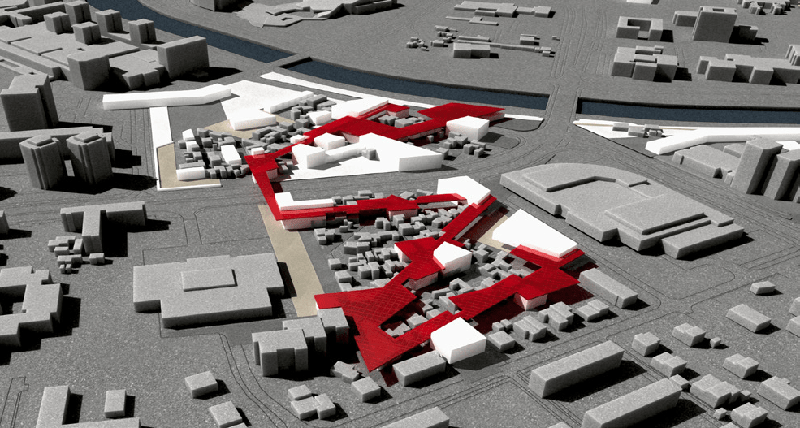Downloads
DOI:
https://doi.org/10.7480/rius.6.106Keywords:
spontaneity, informal, paradox, Skopje, sustainable urban developmentAbstract
Spontaneity is a term with a wide range of meanings in the architectural and urban context. In principal, two predominant stereotypes of spontaneity have emerged, one related to “informal” architecture, recognized as a condition of material scarcity, and the other to urban actions performed without premeditation, which have been commonly identified as “unplanned”. In many disciplines such as sociology, art, music, literature and natural sciences, spontaneous behaviour is largely viewed as a positive quality, identified as a natural process or act. In an architectural context, however, spontaneity is often associated with poor, deprived and dilapidated urban environments. Therefore, the objective of this paper is to determine the significance of spontaneity in the architectural and urban realm as well as its incorporation in the development of the urban landscape. The first part of this paper will focus on the definition of the term and its recognition in architecture, whereby spontaneity is portrayed as a dynamic, open and unmediated concept. Additionally, taking into account the stereotypical interpretations of spontaneous architecture as informal or unplanned, an epistemological paradox will be revealed in the interaction between the architectural project and its realization. By considering the practical example of Skopje, spontaneity is interpreted as the carrier of the city’s genetic material and hence incorporated in the methodology for the urban development of Skopje city.
How to Cite
Published
Issue
Section
License
Copyright (c) 2020 Igor Noev

This work is licensed under a Creative Commons Attribution 4.0 International License.
References
Alexander, C. (1965). A city is not a tree. Architectural Forum 122(1-2), 58-62.
Arsovski, T. (1989). Skopje, urbanism and architecture 1945-1985; Third book. City of Skopje.
Augé, M. (2008). Non-places. Verso.
Bakalcev, M. (2011). Projects of the possible future. Presing 1(2), 5-9. (Article in Macedonian)
Brillembourg Tamayo, A., Feireiss, K., Klumpner, H., Kulturstiftung des Bundes, & Caracas Urban Think Tank. (2005). Informal city: Caracas case. Prestel.
Burdett, R., & Sudjic, D. (2011). Living in the endless city. Phaidon.
Caniggia, G., & Maffei, G. (2008). Lettura dell’edilizia di base. Alinea.
Choay, F., & Bratton, D. (1997). The rule and the model: On the theory of architecture and urbanism. MIT Press.
Clemente, M. (2005). Estetica delle periferie urbane: Analisi semantica dei linguaggi dell’architettura spontanea. Officina.
Commissioner for human rights. (2012). Human rights of Roma and travellers in Europe. Council of Europe Publications.
Conde, L. P., & Sergio Magalhaes, S. (2010). Slum to neighborhood. Lotus 143, 61-65.
Cruz, T., & Boddington, A. (1999). Architecture of the borderlands. Academy Editions.
De Rubertis, R. (1997). I luoghi del segno epocale. XY Dimensioni Del Disegno (29-30-31), 12-20.




